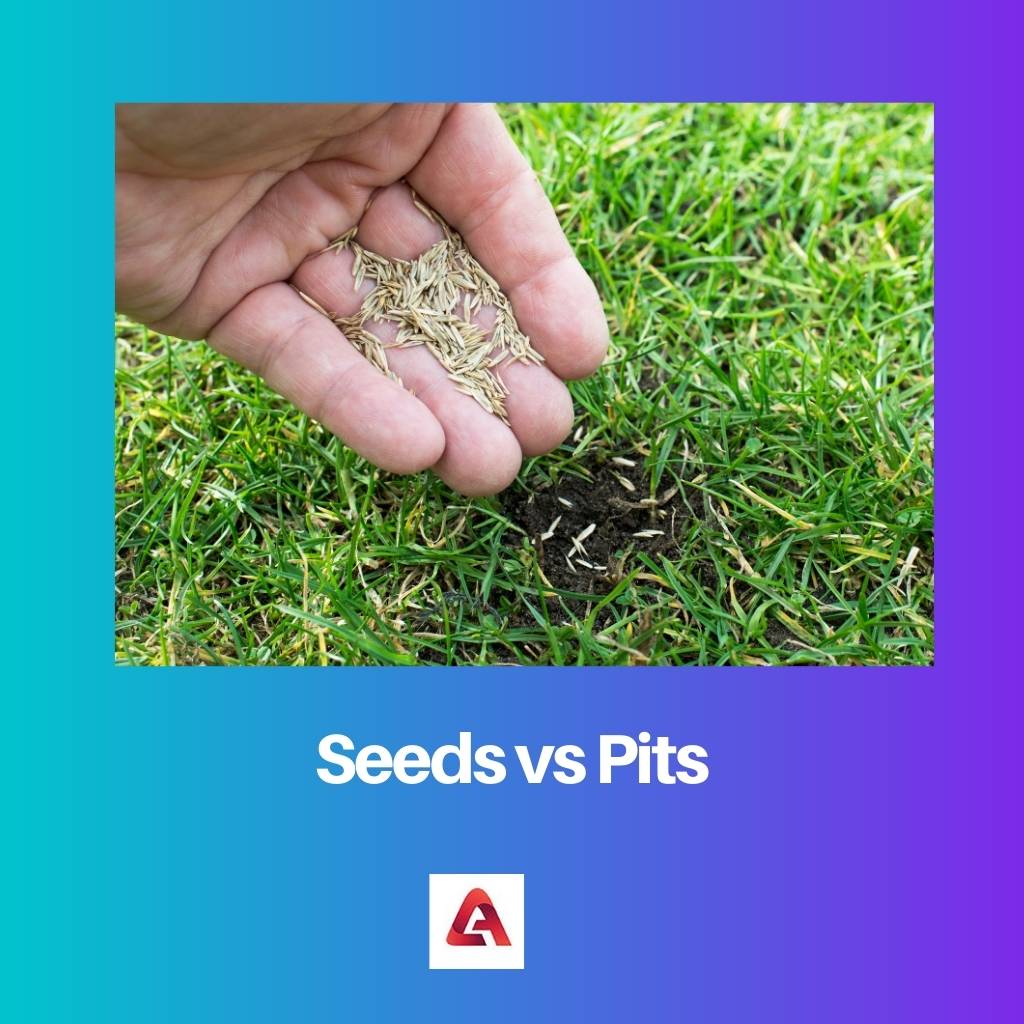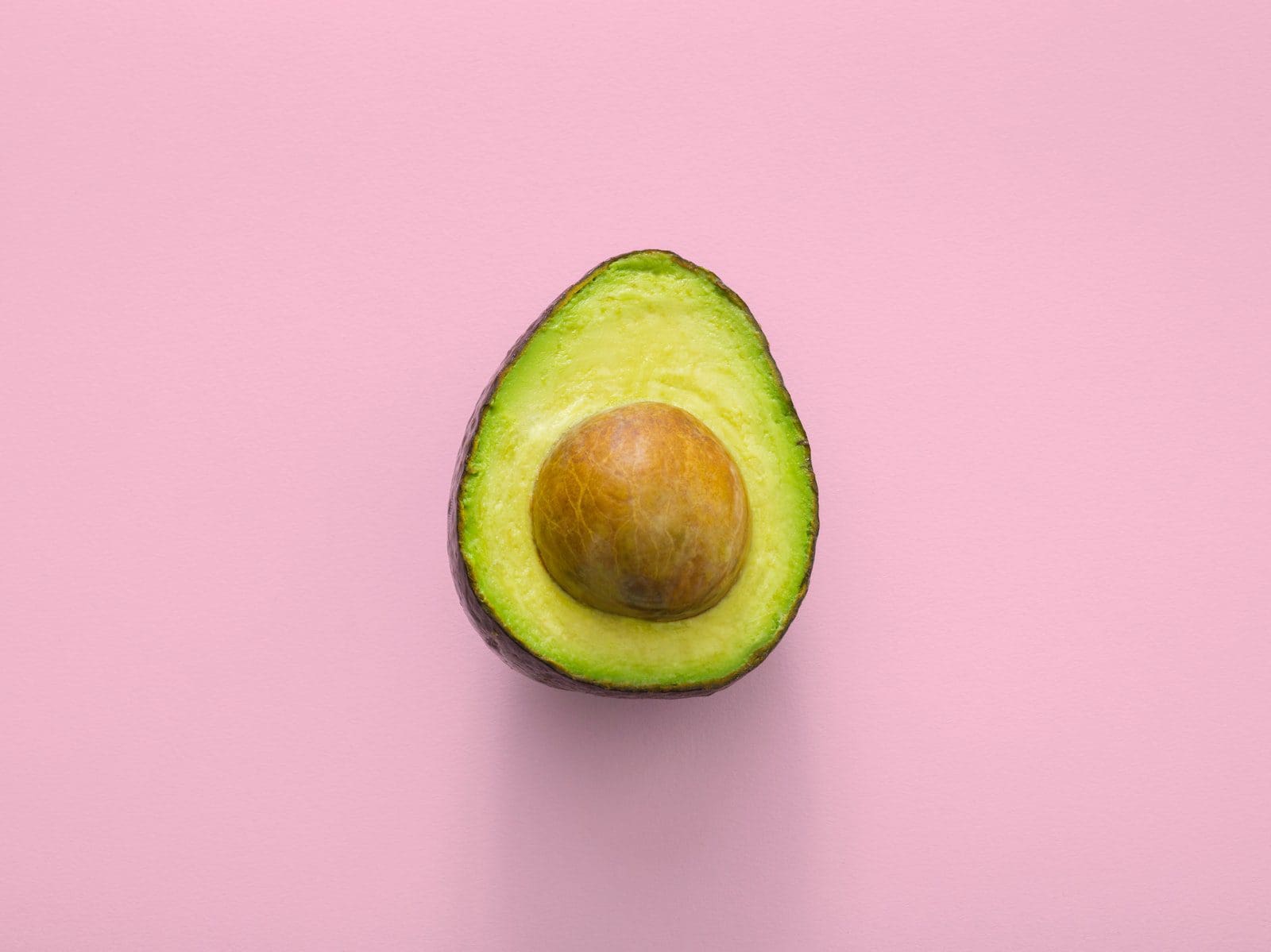The seed is a part of the seed plant. Pits are the thinner layers formed on the cells, and it is a part of the fruits that protect the seeds.
Key Takeaways
- Seeds are enclosed in fruit and can reproduce, while pits are hard, shell-like coverings of the seed found in fruits like peaches and plums.
- Seeds are the primary source of a plant’s reproduction, while pits are mostly used for the plant’s protection.
- Seeds are found in fleshy fruits like apples and oranges, while pits are in drupes like cherries and apricots.
Seeds vs Pits
Pits are just a part of fruits that protects the seed up to the growth period. Seeds are ovules containing embryos. In seed plants, seed formation is a part of the reproduction process.

Seeds are the outcome product of repined ovule. From the integuments of the ovule, the seed coat and embryo had developed, and the fertilization by pollen and growth of the mother plant took place.
Pits are the primary cell walls or membranes between the adjacent cells, characteristic of cell walls containing the secondary layer. Pits are the typical feature of the xylem, where liquid flows through the pits of the xylem cells.
Comparison Table
| Parameters of Comparison | Seeds | Pits |
|---|---|---|
| Meaning | Seeds are the outcome product of repined ovule. After the reproduction process in the seed plant, seeds come out. | Pits are the thinner layers formed on the cells, and it is a part of the fruits that protect the seeds. |
| Consist in | Seeds are related to plants and food. | Pits can connect to the human body, Botany, Science and technology, plants and food. |
| Introduced | Three hundred sixty million years ago, the seeds had introduced. Elksinia polymorpha was the first plant that used sources. | One billion years ago, scientists found pits and their importance in plants. |
| Types | There are four types of seeds. Dicotyledonous Exalbuminous Seeds. Dicotyledonous Albuminous seeds. Monocotyledonous Exalbuminous seeds. Monocotyledonous Albuminous seeds. | Pits are of two types. 1. Simple pits. 2. Bordered pits. |
| Having | Seeds are rich in proteins, minerals, healthy fats, fibre, and Vitamins like B1, B2, B3 and Vitamin E. | Pits like cherries, apricots, and peaches have a compound called Amygdalin. When ingested, it is a dangerous compound that breaks down into hydrogen cyanide. |
What are Seeds?
A seed is part of a seed plant. Seeds undergo the reproduction process in the seed plant.
Seeds occupy high fibre sources, which helps control and reduce blood pressure, blood sugar and cholesterol. Several seeds can help with different types of health problems. Serving 200 calories of grains per day helps in maintaining good health.

What are Pits?
The word pit has different types meanings. Pits are not only present in plants and food items but also present in the human body.
There are two types of Pits, Simple Pits and the other had Bordered Pits. An individual cannot eat Pit alone, which is poisonous to the body. Sometimes Pits are used for planting.

Main Differences Between Seeds and Pits
- A seed is part of a seed plant, where a new plant development occurs. In contrast, Pits are just a part of the fruit that protects the roots.
- Seeds are available in plants and food products, where we can observe Pits in the human body, plants, and food products.
- Seeds can eat by humans, but Pits are dangerous to eat.

- https://bsapubs.onlinelibrary.wiley.com/doi/abs/10.1002/j.1537-2197.1992.tb12617.x
- https://esajournals.onlinelibrary.wiley.com/doi/abs/10.2307/1937815

This article truly highlights the significance of seeds and pits in an engaging manner.
It does, and the writing style keeps the readers captivated throughout.
We should be cautious about consuming pits after reading about the dangers.
Absolutely, it’s a reminder to always be aware of what we’re eating.
Indeed, the health warnings regarding pits are crucial information.
The details about the nutrients in seeds and the dangers of pits are quite insightful.
Agreed, it’s refreshing to see such a comprehensive analysis.
Learning about the science behind seeds and pits has been an intellectually stimulating experience.
Definitely, the article provides a lot of food for thought in the botanical realm.
The section detailing the main differences between seeds and pits is particularly enlightening.
I completely agree, the clarity in the contrasts makes it easy to retain the information.
I feel this article has greatly expanded my knowledge on seeds and pits.
I appreciate the scientific references provided in this article, really adds credibility to the information.
Definitely, it’s always a valuable experience to learn new things from well-researched articles.
The section explaining the introduction of seeds and pits is intelligently written.
The article adds value to the readers’ knowledge base with its in-depth explanations.
Yes, it’s clear, concise and provides a strong foundation for further understanding.
The comparison table is very helpful in understanding the contrast between seeds and pits.
Absolutely, it’s a well-structured article that makes the information easily digestible.
I didn’t realize there were so many types of seeds and pits until this article.
Absolutely, the depth of information on the varieties is impressive.
It’s true, the knowledge provided here is quite comprehensive.
This is a really interesting take on the topic. I like that it really delves into the details of seeds and pits.
I agree! It’s fascinating to learn the detailed differences between seeds and pits.